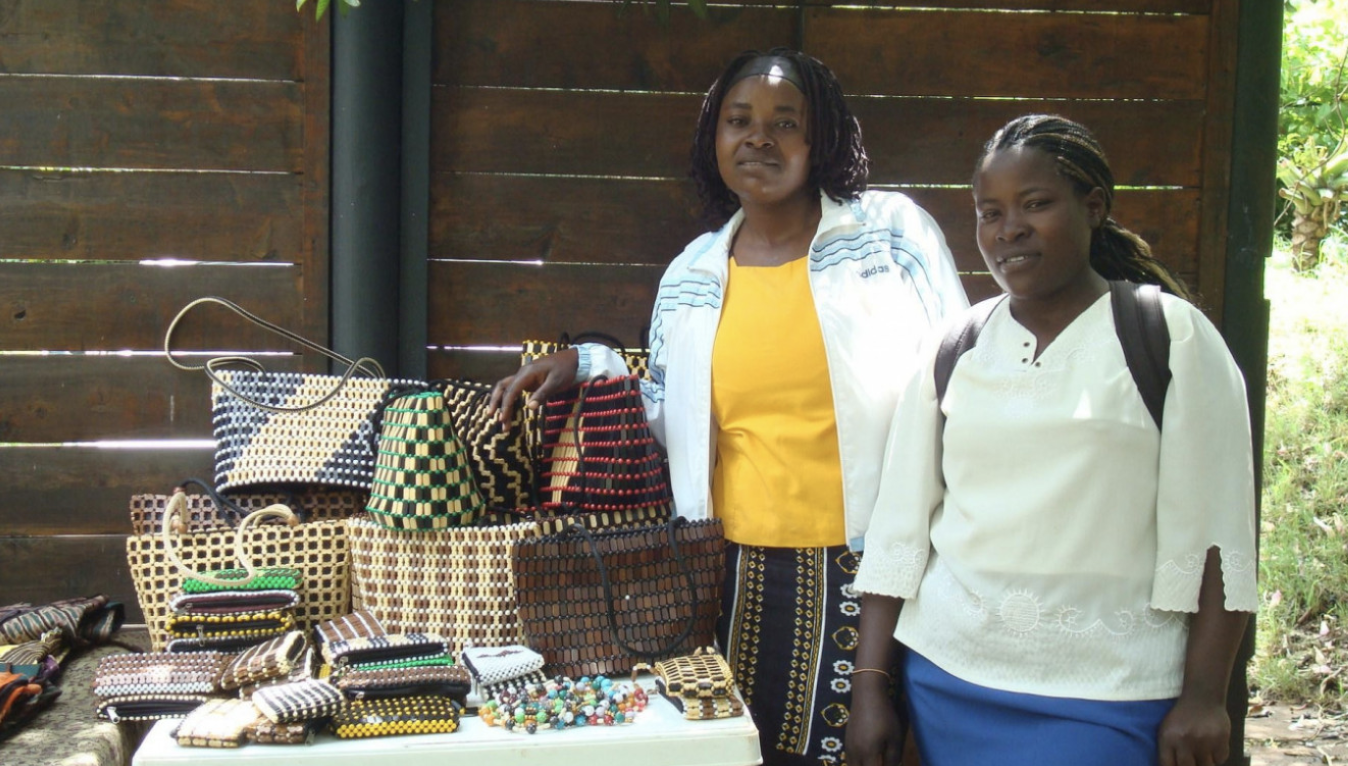When most people hear of microfinance for the first time, they often ask whether or not it actually works to benefit those in need. It is an excellent question to ask since it is supposed to benefit those who are vulnerable, poor, or simply need some extra help. As it turns out, microfinance is an amazing way to benefit those who currently have no access to capital and it comes along with many amazing testimonials regarding how a person’s life has changed after being given access to funding they may have never had.
For those who are unaware, microfinance is a basic way to provide loans and financial services to those in developing countries who currently do not have access to them. This type of strategy is one of the best ways to help many citizens become financially stable, which allows them to be able to provide for both themselves and their families during tough economic times. Since statistics have shown that over half of the world survives on less than $2 each day, microfinance is one of the best ways we can employ to help these people.
Microfinance May Impact Car Ownership on a Large Scale
As stated earlier, microfinance provides a large number of amazing benefits that can help both families and the local economy that they live in. One of these benefits that may soon be possible is the potential for those in developing countries to own their own cars. Since most citizens do not have access to car loans, owning a car may never be a possibility for them. However, microfinance has a huge chance of providing these citizens with access to car credit from a microloan. While the loan will not be providing them funding for a car specifically, these loans can help people get their feet off of the ground if they are trying to start a business of their own. Imagine that there is someone who owns a farming business, but has to walk three hours away, in order to pick up their much needed supplies. This means that their total trip will take six hours and by the time they return they will have to continue working. This is not only extremely tiring for the individual but cuts down on their productivity for the day, as six hours of their time will be spent walking. Less time for them to work means less money for them to be able to feed both themselves and their families.
If those same farmers have access to microfinance, they will be able to invest in certain items that can help their business to grow. Eventually, with the help of your loan, they are profitable enough to purchase a car and can now travel to the next town to pick up supplies. With this car, they have more time to work, can make more money, and the local economy improves. Without your loan, this would have never been possible. Success stories like these are what make microfinance such an amazing tool for developing countries to utilize. And there are several additional benefits that come along with your loan.
Microfinance Benefits
- Ease of AccessibilityMost banks out there simply will not provide loans to those who do not have any existing capital or assets. They want to see some sort of income that many people simply do not have a consistent basis. Because of this, many people cannot qualify for loans to help their small businesses or families in these developing countries. Microfinance gives citizens easy access to financing that has the potential to end poverty in many areas.
- Creating New Jobs For The Community
Job creation is essential for the sustainability of any area in order to help improve the lives of many citizens. Microfinance helps in a huge way by providing jobs for those who are looking to start local businesses of their own. Since these people now have funding to help their business costs, they have the ability to work and are running a business that aids in supporting the local economy. It is beneficial for everyone.
- Ensures Continual Education
It is very unfortunate that many children living in developing countries must be pulled out of their schooling because of economic issues. Microfinance ensures that these children can continue their education since their families now have access to funding in order to help enrich the lives of themselves and their community.
Guest post by Eve Jamieson


